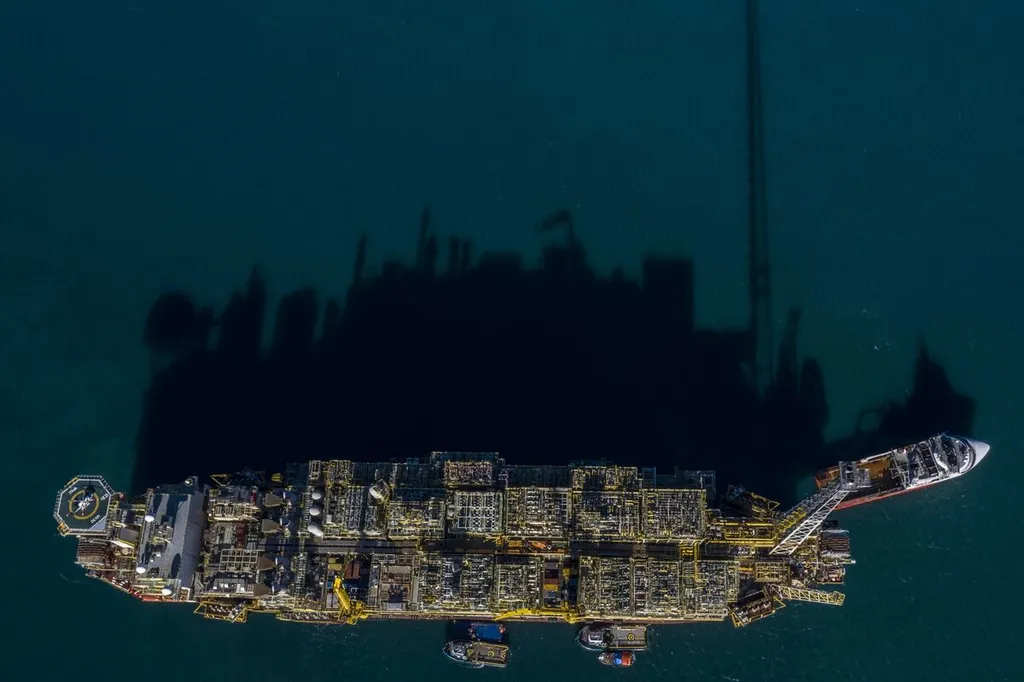In the vast expanse of the southwestern South Atlantic Ocean, a critical player in global carbon dioxide (CO2) absorption, a team of researchers led by Cíntia Albuquerque from the Universidade do Estado do Rio de Janeiro has uncovered new insights into the complex dynamics of CO2 exchange between the ocean and the atmosphere. Their study, published in the journal “Frontiers in Marine Science,” sheds light on how physical processes influence CO2 variability, with potential implications for the energy sector and our understanding of regional and global carbon budgets.
The southwestern South Atlantic is known for its high primary productivity, driven by the convergence of warm, nutrient-poor currents with cold, nutrient-rich waters. This productivity makes the region a significant sink for atmospheric CO2. However, the precise mechanisms governing CO2 dynamics and the role of physical processes in CO2 uptake have remained uncertain. Albuquerque and her team set out to change that.
Using high-resolution spatial measurements, the researchers assessed variations in surface partial pressure of CO2 (pCO2) and air–sea CO2 fluxes along a transect from the continental shelf to the open ocean at 34.5°S during austral autumn 2018 and winter 2019. Their findings revealed a complex picture of CO2 exchange, with the shelf region acting as a source of CO2 to the atmosphere in autumn, partially offset by a sink in the open ocean. In winter, the entire transect presented median CO2 emissions, differing from climatological estimates.
“Our findings reveal that, in one of the most productive oceanic waters worldwide, pCO2 may be influenced by distinct continental inputs and water masses,” Albuquerque explained. “This means that local hydrodynamic processes can modulate high spatial and seasonal variability in CO2 exchange at the ocean–atmosphere interface.”
The study highlights the importance of high-resolution regional observations, as general climatological results may not fully capture the influence of regional upwelling and continental water input. This has significant implications for the energy sector, particularly for companies involved in carbon capture and storage (CCS) and offshore energy production. Understanding the intricate dynamics of CO2 exchange can help optimize CCS strategies and improve the accuracy of carbon budget models.
Moreover, the research underscores the need for continued investment in high-resolution monitoring and data collection. As the energy sector increasingly focuses on decarbonization and sustainable practices, a nuanced understanding of CO2 dynamics will be crucial. This study not only advances our scientific knowledge but also provides a foundation for more informed decision-making in the energy industry.
Albuquerque’s work serves as a reminder that the ocean’s role in regulating the Earth’s climate is complex and multifaceted. By unraveling the intricate web of physical processes influencing CO2 exchange, researchers can better predict future trends and inform strategies to mitigate the impacts of climate change. As the energy sector continues to evolve, collaboration between scientists and industry professionals will be essential to harnessing this knowledge for a more sustainable future.

